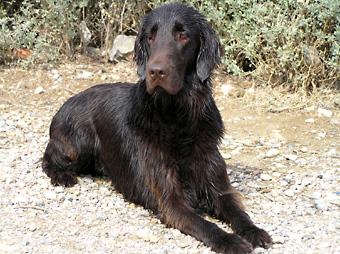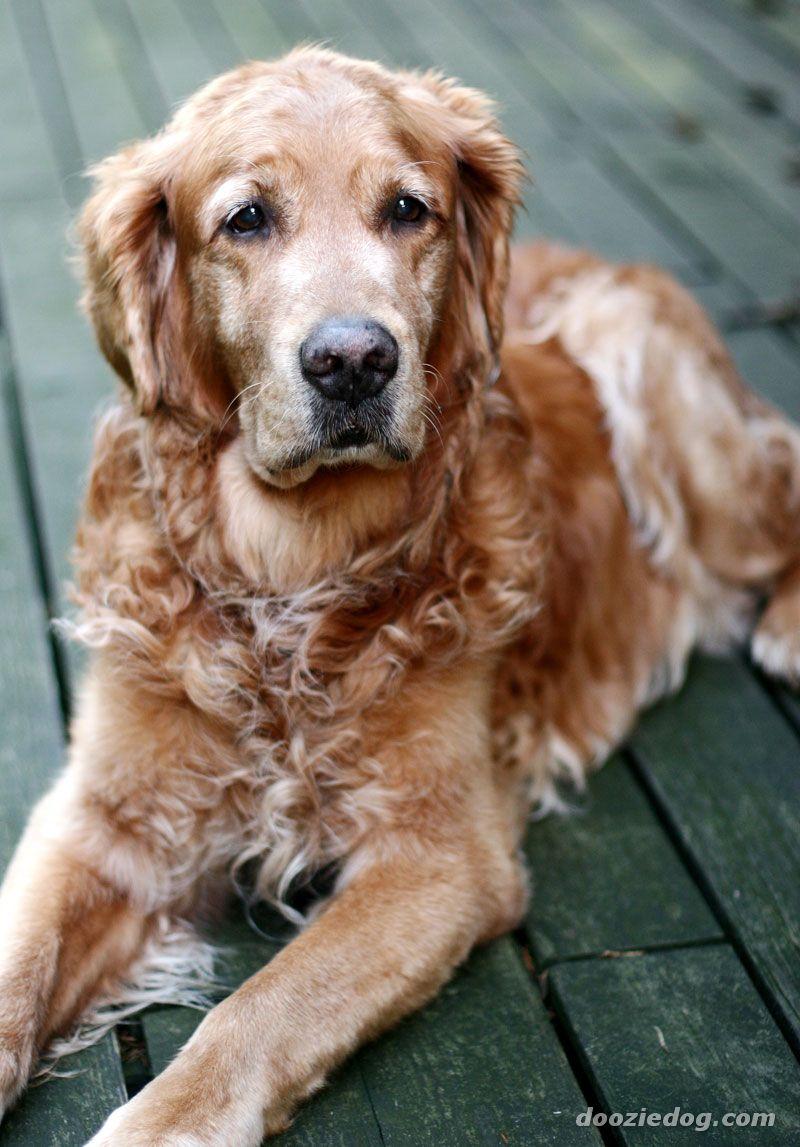About Chesapeake Retriever
The Chesapeake Bay Retriever, often called the "Chessie," is a hardy and intelligent dog breed hailing from the United States. Bred for retrieving waterfowl in the challenging conditions of the Chesapeake Bay, this breed is known for its unwavering determination, exceptional swimming ability, and distinctive oily, waterproof coat. Let's delve deeper into what makes the Chesapeake Bay Retriever a truly unique and remarkable companion.
History and Origin
The Chesapeake Bay Retriever's history is deeply intertwined with the Chesapeake Bay region of Maryland. The breed's ancestors are believed to be two Newfoundland puppies rescued from a shipwreck off the Maryland coast in 1807. These dogs, named Sailor and Canton, were bred with local retrievers, contributing to the foundation of the Chesapeake Bay Retriever we know today. Over time, breeders selectively enhanced the breed's water retrieving abilities, cold-water tolerance, and ruggedness, resulting in a dog perfectly suited for the demanding task of waterfowl hunting in the often-icy waters of the Bay. The American Kennel Club (AKC) officially recognized the Chesapeake Bay Retriever in 1878.
Physical Characteristics
The Chesapeake Bay Retriever is a large and powerfully built dog, designed for strength and endurance. Males typically stand 23 to 26 inches tall and weigh 65 to 80 pounds, while females range from 21 to 24 inches and weigh 55 to 70 pounds. Their double coat is one of their defining features, consisting of a dense, short, and slightly wavy outer coat with a thick, woolly undercoat. The coat is oily to the touch, providing excellent water resistance. Coat colors range from dark brown to sedge (red-gold) to deadgrass (a faded tan). The eyes are typically yellowish or amber, and the tail is of moderate length and thick at the base. The life span of a Chesapeake Bay Retriever is typically 8-10 years.
Temperament and Personality
Chesapeake Bay Retrievers are known for their intelligence, courage, and independent spirit. They are loyal and devoted to their families but can be reserved or even suspicious of strangers. While they are generally good with other dogs (5/5), early socialization is essential to ensure they are well-adjusted. Their rating for being good with children is 2/5, so they should be supervised around them. They possess a strong retrieving instinct and are eager to please their owners, but their independent nature can sometimes make them challenging to train.
Training and Exercise Needs
Chesapeake Bay Retrievers are intelligent dogs with a trainability rating of 4/5, but they require consistent and patient training methods. Positive reinforcement techniques, such as praise and rewards, work best with this breed. Early socialization and obedience training are crucial to channel their energy and independent spirit. Chessies have a energy level of 1/5 and require regular exercise to stay physically and mentally healthy. Activities such as swimming, retrieving, and long walks are ideal for this breed. They thrive in environments where they have a job to do.
Health and Care
While generally a healthy breed, Chesapeake Bay Retrievers are prone to certain health conditions, including hip and elbow dysplasia, progressive retinal atrophy (PRA), and bloat. Reputable breeders screen their dogs for these conditions to minimize the risk of passing them on to their offspring. Their shedding rating is 2/5, so maintenance is low. The grooming needs are rated 4/5 and require regular brushing is essential to maintain their coat's health and prevent matting. The drooling is rated 4/5, so be prepared for some slobber.
Is This Breed Right For You?
The Chesapeake Bay Retriever is a rewarding companion for the right owner. They are best suited for experienced dog owners who can provide consistent training, ample exercise, and a job to do. If you're an active individual or family seeking a loyal, intelligent, and protective companion who loves the outdoors, the Chesapeake Bay Retriever may be the perfect breed for you. However, if you are looking for a low-maintenance dog or are not prepared to commit to consistent training and socialization, this breed may not be the best fit.
Temperament
Friendly, Active, Outgoing
Basic Information
- Size Large
- Life Span 8-10 years
- Coat Type Double
- Coat Length Medium
Characteristics
Energy Level
1/5
Trainability
4/5
Good with Children
2/5
Good with Other Dogs
5/5
Shedding
2/5
Grooming Needs
4/5
Drooling
4/5
Comments
No comments yet. Be the first to comment!
Upload a Photo
You must be logged in to upload photos.
Compare Breeds
Compare this breed with another to find the perfect match for you.



